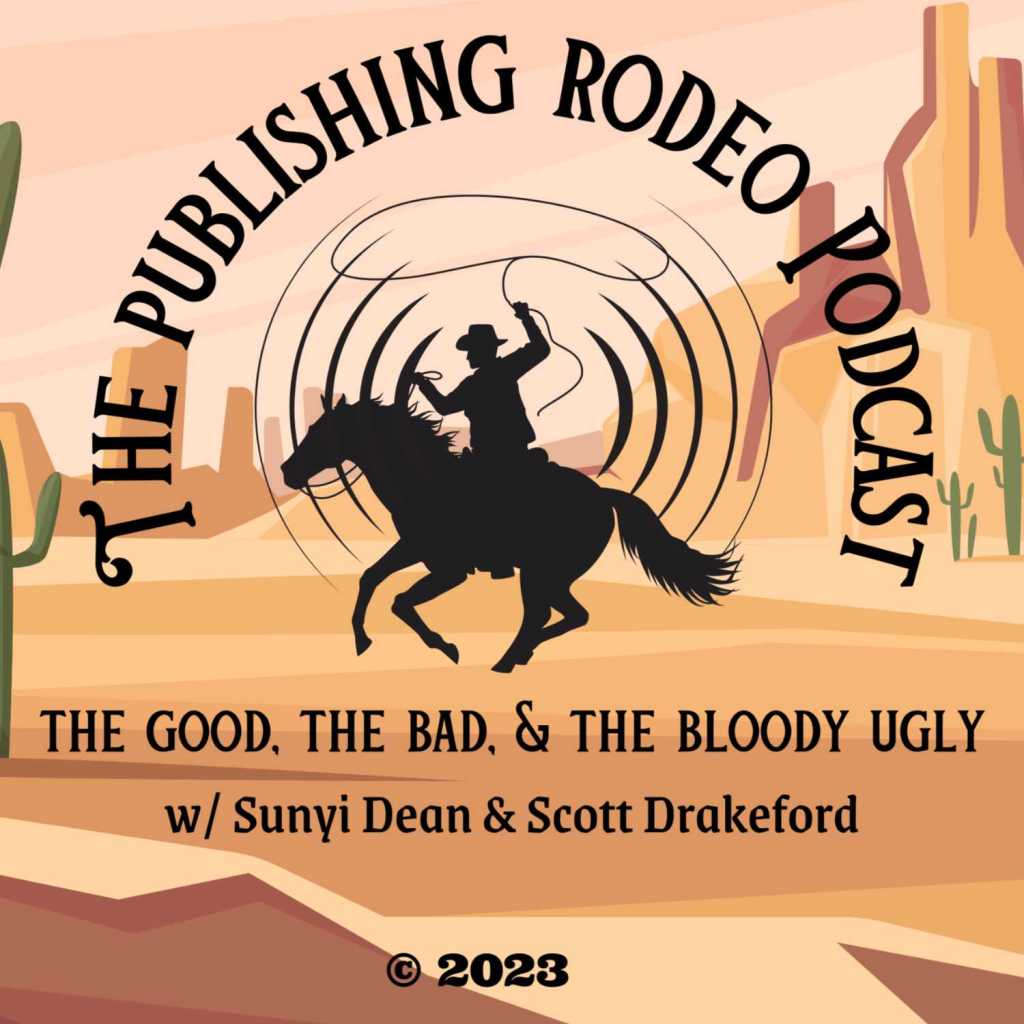Last week, Publisher’s Weekly reported that the first quarter numbers were in for a number of major publishers, and those numbers were . . . underwhelming. Last year, profits were down among most of the big names (those who release their financial data, anyway), with only Simon & Schuster reporting a modest gain over 2021 in both profits and sales. After the most recent numbers pointed to an equally unimpressive first quarter in 2023, industry professionals have reverted to the old saying that “Flat is the New Up” in publishing for the foreseeable future.
At first glance, this news sounds bad for authors–but let’s take a more in-depth look at the landscape to try and understand how this might affect those hoping to make a sale in 2023.
What’s behind the drop?

Most publishers have cited supply chain issues, rising costs of materials and labor due to inflation, as well as reduced consumer buying habits as the COVID pandemic winds down to a dubious close. Harper Collins CEO Brian Murphy specifically cited declining Amazon sales as a significant factor in lost revenue, and stated that the decline in profits generally led to a 5 percent reduction in its North American staff to occur between January and June of this year. And Harper Collins isn’t alone in looking to reduce staff in the wake of sagging profits.
There are some bright spots, too!
But the news isn’t all sturm and drang. In some cases, sales have actually been ticking slightly upward–however the increased production costs have meant that overall profits still declined despite these small gains. For example, Publisher’s Weekly also reported this week that bookstore sales were up over 16 percent in January and over 10 percent in February.
Additionally, as we move into the second quarter of 2023, Circana BookScan data suggests that print sales rose nearly 5% in the second week of April, possibly bolstered by the Easter holiday which came earlier this year than last. The YA fiction market led the charge with a 17.2 percent gain (YA nonfiction also saw gains of 11.7 percent) and Children’s fiction also increased by 16 percent.

Rising popularity in the audiobook sector is also helping publishers fight back losses, with Simon & Schuster CEO Jonathan Karp attributing its success in staying above water partially to audio sales as well as to rising international sales. So the landscape may not be as bleak as it appears at first glance! Especially when we pause to consider that, even as the markets dip, the BookScan data tells us that these numbers are still in excess of pre-pandemic levels.
So what does all this mean for authors?
As in other corners of our lives, publishing is still settling into a new normal and no one is quite sure what that will look like yet. We can draw a few conclusions, however.
First, reduced publishing staffers could mean longer wait times for submissions and acquisitions, and possibly longer wait times between acquisition and publishing dates as well. Staff reductions may also lead to current authors and their books becoming “orphaned” (ie, without an editor or editorial team to move the project forward). Reduced profits may also equal reduced acquisitions in general, meaning fewer editors will be taking on fewer projects. If this happens, the market will become more competitive and constrictive (at least temporarily), especially for authors who are not yet established.
Authors should also be aware of what’s in their contracts. The Publishing Rodeo podcast by Sunyi Dean & Scott Drakeford recently sat down with guest Robin Sullivan–contract and business manager for her husband, author Michael J. Sullivan–who said that, in her experience, publishers are now more often than not insisting on acquiring audio rights along with the print rights, which could essentially mean less upfront profit for authors–and more for publishers. (Incidentally, if you haven’t had a chance to check out the podcast yet, you absolutely should–it’s full of publishing real-talk complete with insider perspective and lots of laughs!)
Authors should also carefully consider their publishing goals. While traditional publishing profits may be in decline, a survey recently conducted by the Alliance of Independent Authors (ALLi) released findings that the average income for self-published authors rose 53% in 2022 over 2021, and projections seem strong for 2023 as well. Some mediums are better suited for self-publishing, and so far kidlit has had a hard time breaking through the glass wall of self-publishing when compared to other popular mediums, such as adult genres like romance and mystery, however a broadening field may introduce new opportunities for enterprising authors willing to navigate the blue ocean of self-pubbed kidlit.
So the news isn’t all bad, and though traditional publishing definitely remains in flux, there is still room for new and current authors to find success. Kidlit remains one of the stronger sectors, and children will always need new stories, voices, and perspectives to keep them entertained and informed as they grow. Those eying the market at the current moment may feel wary–and there’s ample cause–but books never fall out of fashion, and author dreams are as eternal as the tides.

How do you feel about the publishing market in 2023? Are you feeling optimistic–or do you feel the present challenges are here to stay? Share your thoughts and experiences with us in the comments section!



I try to remain hopeful! It is hard at times, I will admit, but I’m in this for the long haul.
LikeLike